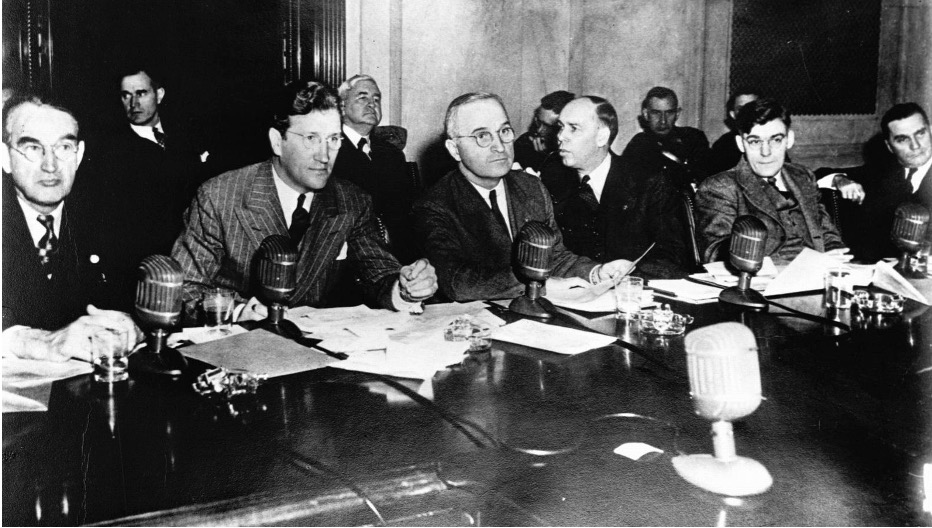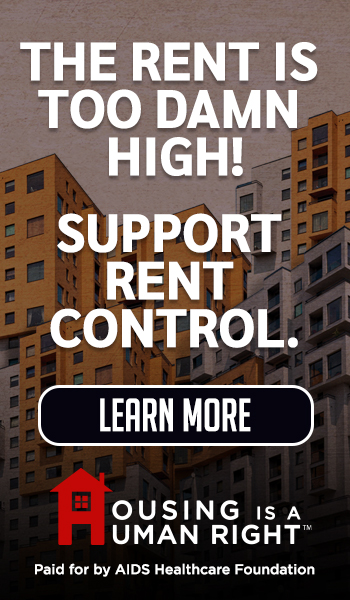Comments
iAUDIT! - During World Warr II, the US Senate created a committee on war production chaired by then-Senator Harry Truman. The Truman Committee, as it came to be known, was charged with ensuring manufacturers were providing top-quality equipment to the armed forces at reasonable costs. In a particularly memorable exchange, the committee was questioning the CEO of a manufacturer of airplane engines. Reports from the front showed many engines burst into flame mid-flight. The CEO, of course, denied the accusation, and brought reams of reports from his company proving his engines were safe. Senator Truman asked the CEO one question: “Your son is in the service. If what you say is true, have him fly one of your planes”. Within a few weeks, the engine fires miraculously stopped.

The Truman Committee was successful because it focused on results instead of rhetoric and required proof of effectiveness. It looked at hard evidence to support the claims of industrialists who said they were providing the best equipment to US troops. By the end of the war, the Committee had saved hundreds of millions of taxpayer dollars by exposing shady manufacturing practices and price gouging. Army Chief of Staff General George C. Marshall told Truman his committee was so effective, it was worth two combat divisions. The committee’s activities are an excellent example of how effective in-person testimony can be by comparing what is said with what the hard evidence shows to be the truth.
Tomorrow, May 27, hearings will begin in federal Judge David O. Carter’s courtroom on the effectiveness of LA’s homelessness programs. After back-to-back damning audits from LA County and the audit firm Alvarez & Marsal, (A&M), and the City’s and LAHSA’s anemic responses, Judge Carter ordered the hearings “Because there are serious doubts about the city’s ability to fulfill its obligations … the upcoming evidentiary hearing is necessary now.” Until now, the narrative of success has been mostly one-sided, coming from City, County, and LAHSA officials at carefully orchestrated press events, and supported by the lack of robust mainstream media review. These events inevitably feature happy formerly homeless people reading scripted speeches on how they overcame homelessness through local government programs. (In fact, independent studies show as much as 60 percent of homeless people lift themselves out of homelessness with no assistance). These examples of success are used to suggest such outcomes are the rule rather than the exception. However, audits and reports from the City, County, and other sources indicate that less than 20 percent of people in shelters transition to housing, and nearly 40 percent fall back into homelessness.
The divide between officials’ claims and what the facts say may be the central theme of this week’s hearings. For the first time, officials will not control the narrative and will have to respond directly to questions about their programs, and how they measure them. And there is no shortage of questionable statistics:
- The City claimed its created 6,000 new beds for unhoused people, but A&M’s review shows no records of spending for more than 1,400 of them. As detailed by Nick Gerda from LAist, neither LAHSA nor the City have produced financial records showing those beds actually exist, despite multiple requests.
- Serious questions about the success of Mayor Bass’ flagship homelessness program, Inside Safe. A whistleblower complaint filed against LAHSA alleges CEO Dr. Va Lecia Adams Kellum withheld negative data about the program because she didn’t want her friend Mayor Bass to look bad. In addition to questionable statistics, the City Controller’s dashboard shows Inside Safe is phenomenally expensive. The latest numbers show the program costs more than $393,000 per person housed; to date, Inside Safe expenditures have been $367,581,720 and have housed 935 people, for a cost of $393,135 per person. At the same time, 1,526 people have fallen back into homelessness, or about 37 percent more than have been housed. The $393,000 does not include the cost of housing nor the continuing costs of keep someone housed.
- At a December 9, 2024 press event, Mayor Bass and other officials touted the success of the City’s homelessness programs, claiming 23,000 people had been brought inside in 2024. The next day, the City Controller released a report showing shelter occupancy had never exceeded 78 percent in the previous five years, and the number of people who returned to homelessness far exceeded the number housed.
- Despite claims of serving thousands of unhoused people, A&M’s report revealed a system so broken and disjointed that two or more providers may be serving the same person and counting them as unique each time. A 2019 City Controller audit showed how a client could leave a shelter and be counted as a new enrollee if he or she were gone more than a month.
- A&M’s report also showed that the few people who are sheltered rarely receive needed support services on a consistent basis, with shelters understaffed and turnover so high clients don’t know who their case managers are.
- Despite billions spent on construction, more than 1,200 Project Homekey units have been left vacant for as long as two years
- Both the A&M and the L.A. County Auditor’s reports show LAHSA’s financial management is so poor that providers are paid without current contracts, and with little or no proof of performance.
Taken together, these reports and audits suggest that, rather serving tens of thousands of unique individuals, homelessness programs recycle the same clients through the system several times. Very few are housed, and many who are fall back into homelessness. Most are left on the street and never receive services of any kind.
Local officials called to testify will be hard-pressed to substantively respond to these and other questions about the billions of tax dollars spent on homelessness. I suspect that if they had reliable data to refute the findings of all these reports, they would have produced it by now. Perhaps that is why the City’s attorneys are opposing testimony in open court; they already know what will happen.
Judge Carter’s purpose in calling for hearings is to determine if a receivership is the only way to implement the fundamental reforms needed to provide services to the County’s 75,000 homeless people. Based on the wide chasm between what the City claims and what the facts tell us, all indications are that a receivership is the only real option.
Like the Truman Committee 80 years ago, we can choose whom to believe; City and other local officials who spout an endless stream of numbers with no basis in fact and for which they can offer no evidence, or reports from the State, the County, the City Controller and an independent audit firm stretching back nearly 20 years. All of these reports paint a picture of a badly disjointed, inefficient, and quite possibly fraudulent homelessness system.
(Tim Campbell is a resident of Westchester who spent a career in the public service and managed a municipal performance audit program. He focuses on outcomes instead of process in his iAUDIT! column for CityWatchLA.)






